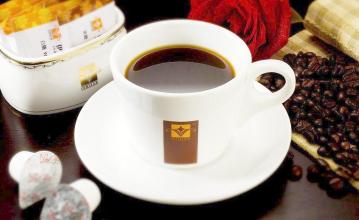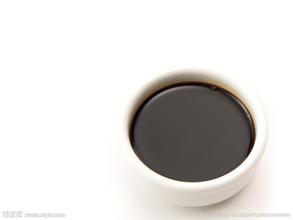Steps of making Coffee with siphon Pot introduction to gouache proportion tutorial
Steps of making Coffee with siphon Pot introduction to gouache proportion tutorial

First of all, the difference between Japanese coffee and espresso lies in the machine and method of making coffee-espresso is espresso "stamped" with hot water at high temperature, while Japanese coffee is brewed coffee; "brewed" by hand, drip, siphon and so on. In practice, the former can be described as exquisite, while I can't find any other words except exquisite. In addition, anyone who recommends Japanese coffee will tell you that the taste of espresso is very different from that of brewed coffee. The former is rich and strong (the fat on the coffee is visible to the naked eye), while the latter is plain and delicate.
There is also an espresso machine in Guyusang's shop, but on the bar around the cuboid fish tank, all coffee drinkers have siphon pots in front of them. I asked Tanigasu, who strongly recommends Japanese style, whether the so-called difference between Japanese style and Italian style is just because people taste coffee from different angles (in fact, there are no advantages and disadvantages). He frowned and smiled, seemingly without a direct answer, but explained that (because of the language, I can only hire a shop assistant as an interpreter, there may be a deviation): anyway, Starbucks beans can only be used to make espresso, which will probably be exposed if you put them in a siphon pot.
Speaking of beans, I chose Colombia (P.S.), which has less acidity. After the beans are roasted, it is best to leave the beans for at least a week. If the color is uniform, the beans are good. Ideally, you should grind the beans before you start.), because you don't like the coffee with too much acidity, and according to Tani Sang, the coffee made from the siphon pot has distinct levels, sour is sour, bitter is bitter.
After choosing the beans, you will know the making tools. The siphon pot can be divided into three parts: a cylindrical upper pot for making coffee, a spherical lower pot for heating and receiving coffee (usually placed on a bracket), and finally an alcohol lamp or halogen lamp for heating (I use a more economical alcohol lamp today). In addition, you need a kettle to boil water, a cloth soaked in cold water, and a stick or spoon to stir coffee (I heard that the most fastidious Japanese barista will even make a special mixing stick the size of his hand out of bamboo).
Important Notice :
前街咖啡 FrontStreet Coffee has moved to new addredd:
FrontStreet Coffee Address: 315,Donghua East Road,GuangZhou
Tel:020 38364473
- Prev

Name of each part of automatic coffee machine-introduction of hand bean grinder
The name of each part of the automatic coffee machine-hand bean grinder introduces that creative coffee can be hot coffee, iced coffee, or mixed coffee. Any ingredient, material or means can be used to make creative coffee, as long as the final product has good color, smell and taste, and can be welcomed by the guests. The creative coffee that can be put on the product list should be a product with reasonable cost performance. Research and development
- Next

Introduction of boiler coffee machine pressurized powder bowl coffee machine extraction
Boiler coffee machine pressurized powder bowl coffee machine extraction introduction in Italian coffee machine the influence temperature value is mainly the size of boiler or heating block, as well as good heat conduction material, there is an obvious difference between toy machine and professional Italian coffee machine. Many standard toy machines are equipped with small boilers (below 200ml) or small heating blocks, so it is difficult to achieve a stable temperature in coffee extraction.
Related
- What is the Philharmonic pressure? How to use Philharmonic pressure to make delicious coffee
- Why does a hand grinder have more fine powder than an electric grinder?
- In addition to the hot mom, what is the difference between the versions of EK43 | ditting and Mahdi ek43?
- What kind of equipment do you need to make coffee by hand? Introduction to novice starter cooking equipment tools
- Espresso needs to be ground how thick and thin scale entry Italian Coffee Machine Bean Grinder investigation and Grinding course
- How much does it cost to open a small private cafe? How much does it cost to learn coffee? How to operate it?
- The difference between the flavor characteristics of hand-brewed coffee and coffee maker is hand-brewed coffee really better than coffee maker? Can I use a coffee machine to make coffee beans by hand?
- The difference between 01 and 02 of hario v60 filter cup what is the difference between 01 and 02 filter cup opening and cooking flavor
- What's the difference between the smart cup and the French kettle? Which is better, the French kettle or the Smart Cup?
- What's the difference between a smart cup and a V60 filter cup? The difference between the taste of smart cup and hand-brewed coffee

